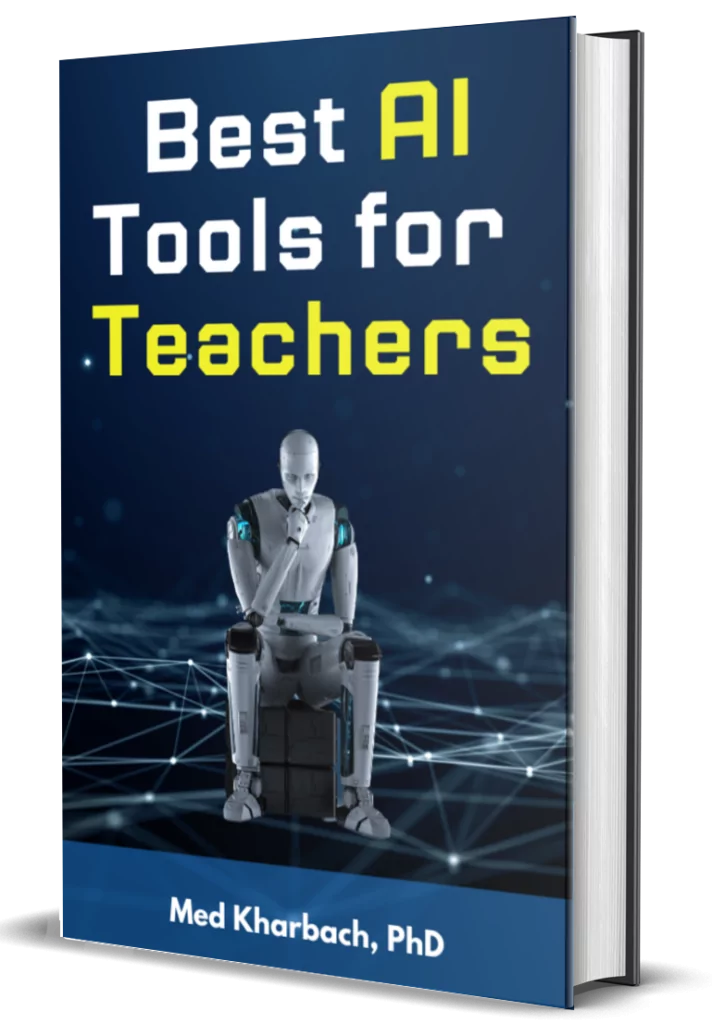 |
| Image by Oberholster Venita from Pixabay |
1- Andragogy
Andragogy is a teaching strategy developed for adult learners. Andragogy has been around for more than a century but has re-gained momentum during the last decades particularly particularly with the work of Malcom Knowles. Andragogy is premised on 5 assumptions related to the characteristics of adult learners :
- 1. Self-concept: As a person matures his self concept moves from one of being a dependent personality toward one of being a self-directed human being
- 2. Experience: As a person matures he accumulates a growing reservoir of experience that becomes an increasing resource for learning.
- 3. Readiness to learn. As a person matures his readiness to learn becomes oriented increasingly to the developmental tasks of his social roles.
- 4. Orientation to learning. As a person matures his time perspective changes from one of postponed application of knowledge to immediacy of application, and accordingly his orientation toward learning shifts from one of subject-centeredness to one of problem centredness.
- 5. Motivation to learn: As a person matures the motivation to learn is internal (Knowles 1984:12, as cited in Infed)
To learn more, check out : Andragogy: what is it and does it help thinking about adult learning?
2-Heutagogy
Heutagogy is the study of self-directed learning and self- determined learning. While some think about heutagogy as a separate methodology from andragogy, several other scholars view it as an extension of andragogy. Heutagogy is all about teaching learners how to learn. In this paper, Lisa Marie Blaschke provides an insightful review of heutagogical practice and self-determined learning. I high recommend reading it. Here is a short excerpt from the abstract of the paper:
Based on an extensive review of the current literature and research, this article defines and discusses the concepts of andragogy and heutagogy and describes the role of Web 2.0 in supporting a heutagogical learning approach. Examples of institutional programs that have incorporated heutagogical approaches are also presented; based on these examples and research results, course design elements that are characteristic of heutagogy are identified. The article provides a basis for discussion and research into heutagogy as a theory for guiding the use of new technologies in distance education.
3- Peeragogy
As for peeragogy, here are some definitions cited by Arenastudies:
“Peeragogy (which he refers to as “paragogy”), is a collection of “the best practices of effective peer learning.”
“It is also a theory of peer-to-peer learning and teaching that addresses the challenge of peer-producing a useful and supportive context for self-directed learning”.Charles Jeffrey Danoff .
Check out this post to learn more about Peeragogy.
4- Cybergogy
Have you ever come across this concept? I haven’t. I found an interesting resource Cybergogy provided by Edutech Wiki. Read this short entry from their page and check Edutech Wiki to learn more:
One of the central elements of cybergogy is the intent to combine fundamentals of both pedagogy and andragogy to arrive at a new approach to learning (Carrier & Moulds, 2003). Cybergogy focuses on helping adults and young people to learn by facilitating and technologically enabling learner-centered autonomous and collaborative learning in a virtual environment. At the core of cybergogy is awareness that strategies used for face-to-face learning may not be the same used in the virtual environment.




